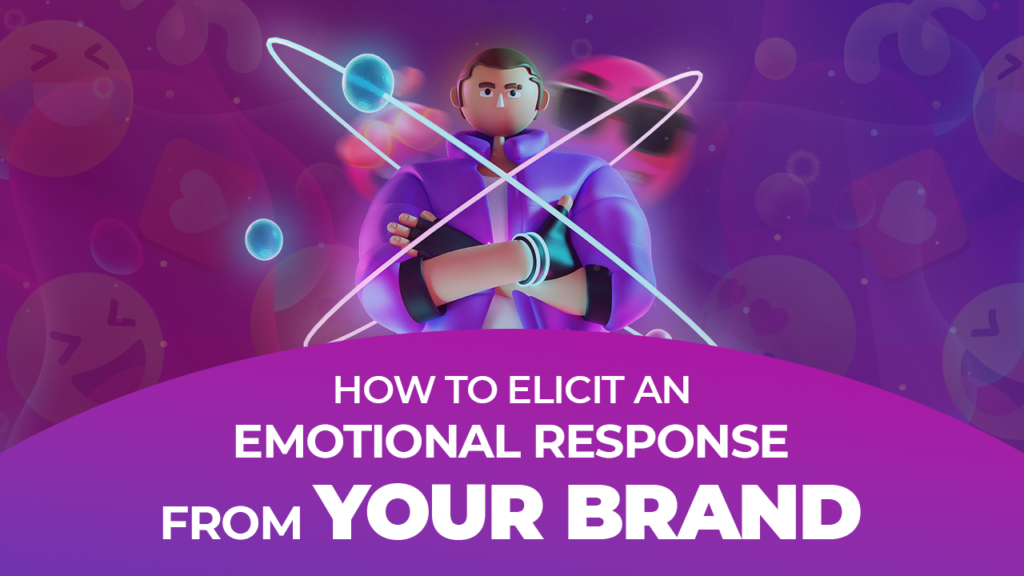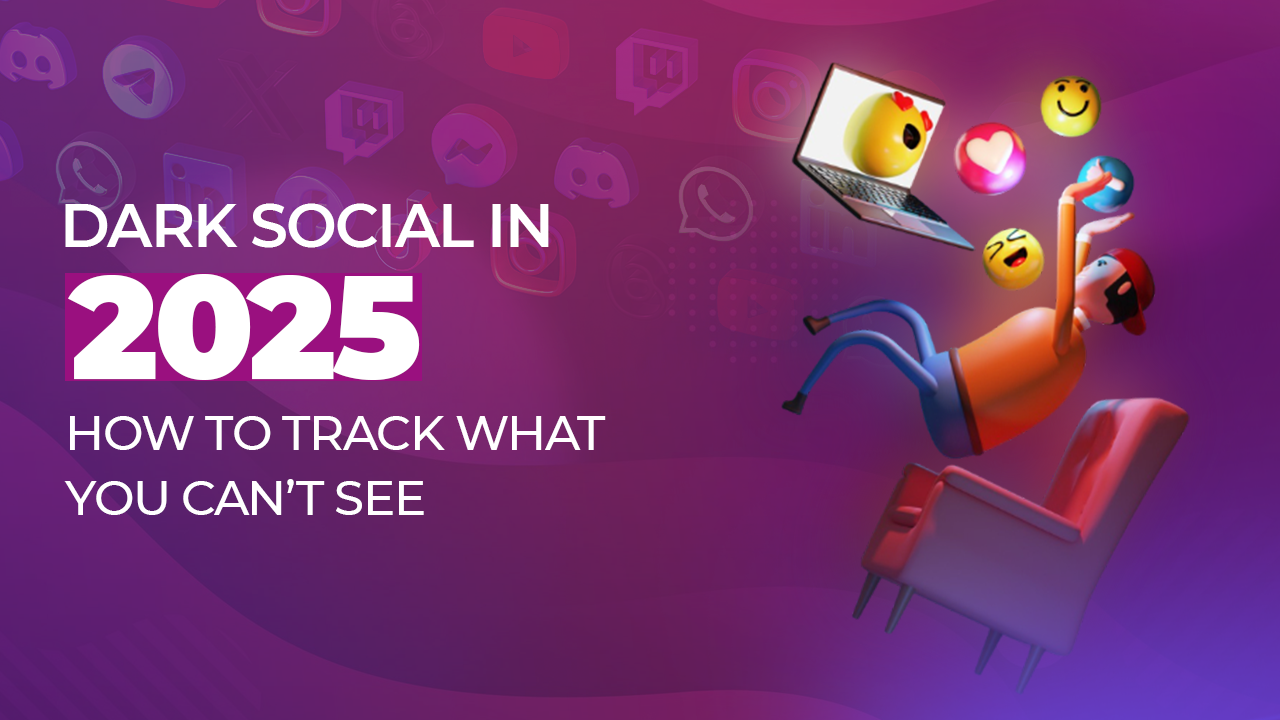 Back to Blogs
Back to Blogs
How to Elicit an Emotional Response from Your Brand

Because logic makes people think. But emotion? That makes them act.
Ever wonder why you still remember that Natraj pencil ad where the kid proudly sharpens his new pencil before an exam? Or why Thai Life Insurance ads make you cry over people you’ve never met?
That’s emotional branding at its finest.
In a sea of scrolls, likes and passive impressions, the brands that get remembered are the ones that make you feel something. Not because they said, “We’re the best.” But because they showed you why they matter. Because they made you feel seen.
⇥ Emotions are the shortcut to decision-making.
So if your brand doesn’t stir anything in your audience, no curiosity, no delight, no “this feels like me”…you’re not leaving a mark.
Let’s fix that.
Here’s how to create emotional brand engagement that actually works.
1. START WITH THE HUMAN, NOT THE PRODUCT
Too many brands lead with features. But people don’t connect with specs, they connect with stories.
Instead of this:
“Our platform uses AI-powered analytics to deliver insights.”
Try this:
“Struggling with data overwhelm? We help you find the ‘aha’ moments faster.”
- Ask yourself: What pain point are we solving?
- Then ask: How does that pain feel?
Empathy is the bridge. Walk it first.
2. DEFINE YOUR BRAND’S EMOTIONAL CORE
Every brand has a heartbeat. What’s yours?
Use this quick consumer psychology in branding framework:
| Brand Type | Core Emotion to Elicit |
| Wellness | Calm, trust, empowerment |
| Tech | Excitement, control, wonder |
| Luxury | Desire, exclusivity, pride |
| Education | Hope, ambition, confidence |
- Don’t try to be everything. Pick 1–2 core emotions that align with your audience and values.
- Align this emotional tone with your brand identity design.
3. USE RELATABLE LANGUAGE (DITCH THE JARGON)
Nobody’s moved by:
“End-to-end digital transformation solutions.”
But say:
“We help you stop drowning in manual work and start scaling smarter.”
Emotional branding = clarity + relatability.
Sound like a human, not a brochure.
Tips:
- Write like you speak.
- Use metaphors and analogies (they light up emotional parts of the brain).
- Avoid filler phrases like “leveraging synergies” (ugh).
As a digital branding agency, we’ve seen how the right words open the right doors.
4. TELL STORIES, NOT JUST SUCCESS METRICS
Facts tell. Stories sell.
If you want people to feel, share narratives they can see themselves in. These could be:
- A before-after journey of a customer
- A founder’s “why” moment
- A team win that made a difference
Key ingredients of a great brand story:
✔ A relatable character (even if it’s your user)
✔ A struggle/problem
✔ A turning point
✔ An emotional payoff
Don’t be afraid to be vulnerable. That’s where trust lives.
5. USE VISUALS THAT STIR SOMETHING
Your design choices matter; colour, imagery, typography – they all influence perception and emotion.
For example:
- Blue = trust, calm (think fintech or healthcare)
- Red = energy, urgency (used in food and retail)
- Muted tones = warmth and elegance (often used in lifestyle and slow fashion)
Use imagery that mirrors your audience’s life, aspirations, or problems. Avoid sterile stock photos. Use real faces, genuine moments and micro-emotions.
At Mirra, we help brands grow emotion through thoughtful brand identity design, not just aesthetics.
6. TAP INTO EMOTIONAL TRIGGERS IN YOUR MESSAGING
These emotional cues form the backbone of strong emotional branding strategies:
- Belonging (“Join the tribe”)
- Fear of missing out (“Only 3 seats left!”)
- Relief (“Finally, a solution that actually works.”)
- Joy (“Celebrate your little wins.”)
- Nostalgia (“Remember when learning felt like play?”)
You don’t have to manipulate, just understand what moves your audience and meet them there.
7. CREATE EXPERIENCES, NOT JUST CAMPAIGNS
You can’t build emotion through a single post. You build it through consistency, across every touchpoint.
Ask:
- Does your website copy feel like your Instagram voice?
- Does your onboarding process reinforce the emotion you stand for?
- Do your emails sound like a real person wrote them?
Every interaction = an opportunity to deepen the emotional connection.
8. USE UGC AND TESTIMONIALS THAT SOUND REAL
Emotion often comes from someone else’s voice.
Use:
- Raw, unfiltered customer reviews
- Candid video testimonials
- Social proof that sounds like real talk
Avoid:
“We loved working with XYZ Agency. 10/10!”
Instead:
“They just got what we were trying to say, even when we didn’t know how to say it ourselves.”
That’s what resonates.
YOUR BRAND IS A FEELING
People may forget your tagline.
They may forget what you sell.
But they’ll remember how you made them feel.
So ask yourself:
👉 Is your brand emotionally forgettable? Or unforgettable?
The difference isn’t louder marketing. It’s more human marketing.
At Mirra Digital, that’s what we do. We’re a branding agency in Bangalore that helps brands build emotional resonance through tailored brand strategy services, thoughtful storytelling and powerful design.
Let’s make your audience feel something






